Sarah Orne Jewett. The Country of the Pointed Firs
Extraits
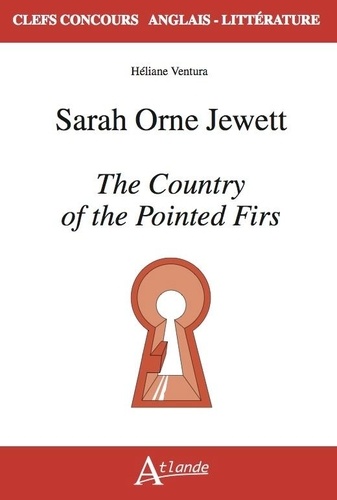
Divers
Sarah Orne Jewett. The Country of the Pointed Firs
04/2022
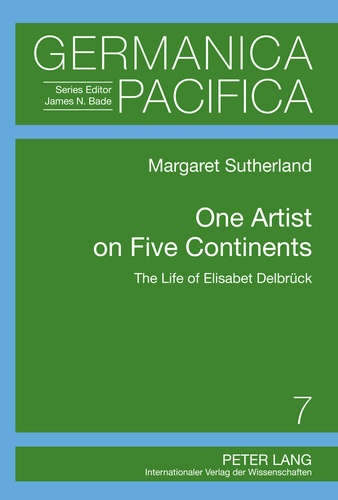
Histoire internationale
One Artist on Five Continents
12/2011
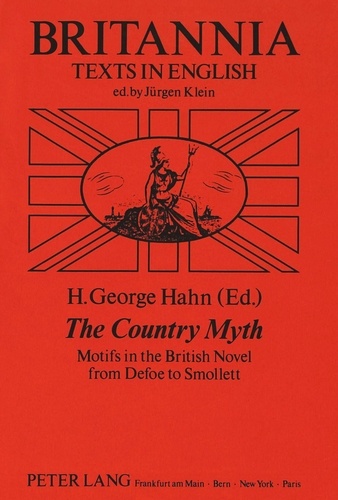
Non classé
The Country Myth
12/1991
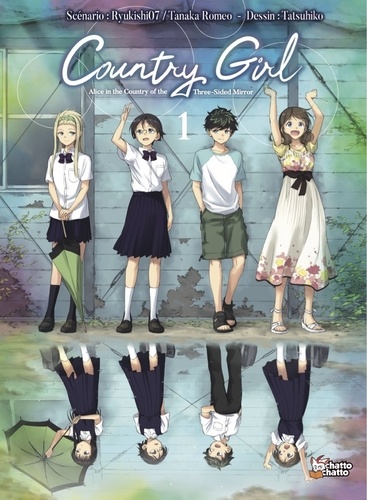
Shonen/garçon
Country Girl : Alice in the Country of the Three-Sided Mirror Tome 1
03/2021
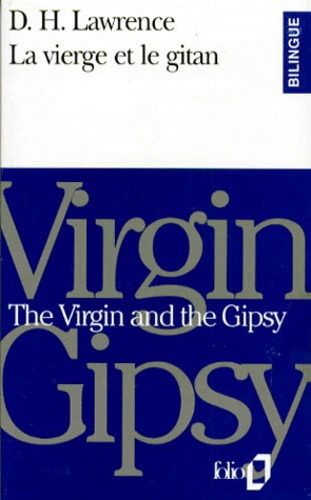
Anglais apprentissage
LA VIERGE ET LE GITAN : THE VIRGIN AND THE GIPSY
02/1993
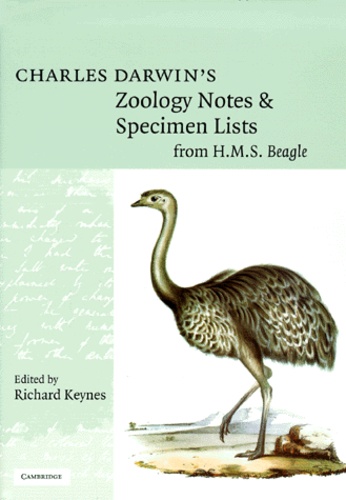
Histoire et Philosophiesophie
Charles Darwin's Zoology Notes & Specimen Lists from H.M.S. Beagle
01/2000

Anglais apprentissage
Tales from Longpuddle
07/2010

Beaux arts
Italian Maiolica and Other Early Modern Ceramics in the Courtauld Gallery
03/2023
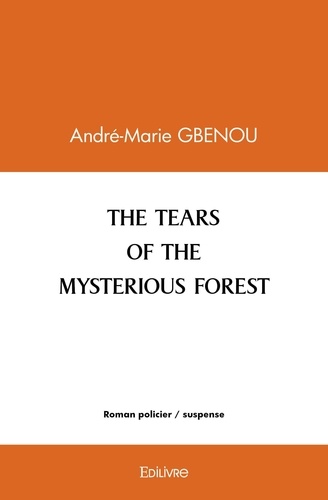
Romans policiers
The tears of the mysterious forest
12/2021

12 ans et +
The rule of one
09/2019
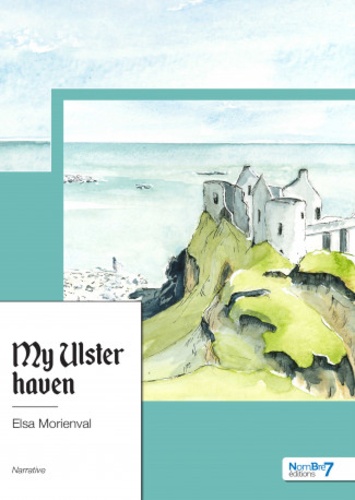
Littérature française
My Ulster haven
02/2022
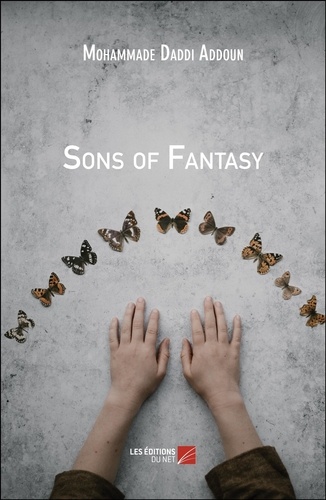
Littérature française
Sons of Fantasy
08/2018

Sciences politiques
The Structure of Political Communication in the United Kingdom, the United States and the Federal Republic of Germany
11/1987

Monographies
Burmese Silver from the Colonial Period
09/2022

Anglais apprentissage
Acacia thorn in my heart
09/2001

Non classé
Ruling Class Men
02/2007
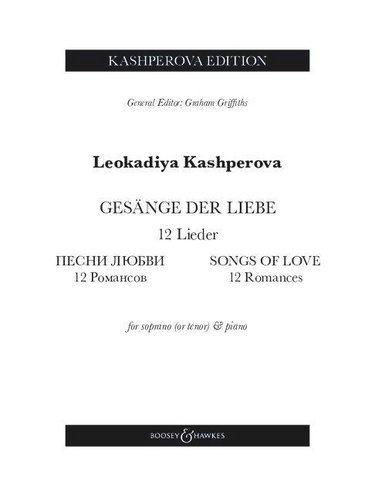
Musique classique
Songs of Love. 12 Romances. 12 Lieder. Soprano (tenor) and piano.
12/2023
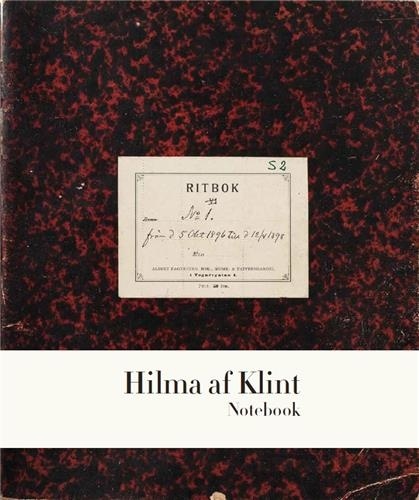
Monographies
Hilma af Klint. The Five Notebook 1
01/2022

Littérature française
Les inventeurs. Essai
02/2017

Lecture 6-9 ans
L'énigme du sabre. Edition bilingue français-anglais
06/2018
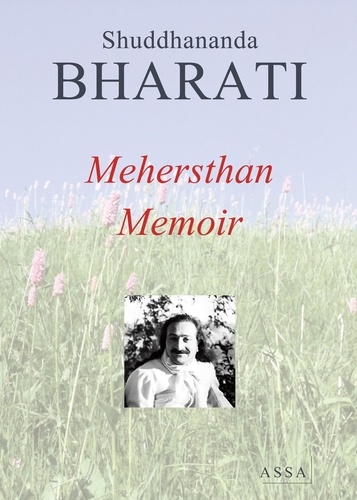
Littérature française
Mehersthan Memoir (Meher Baba)
07/2017
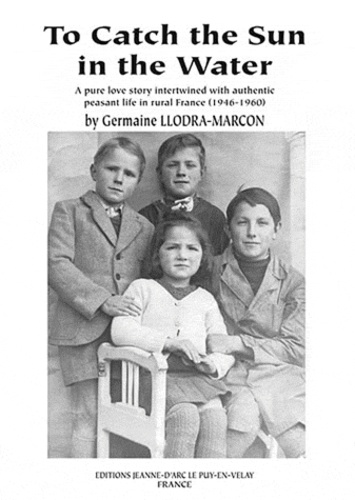
Critique littéraire
To catch the sun in the water
07/2001

Histoire et Philosophiesophie
The Undergrowth of Science. Delusion, self-deception and human frailty
01/2000
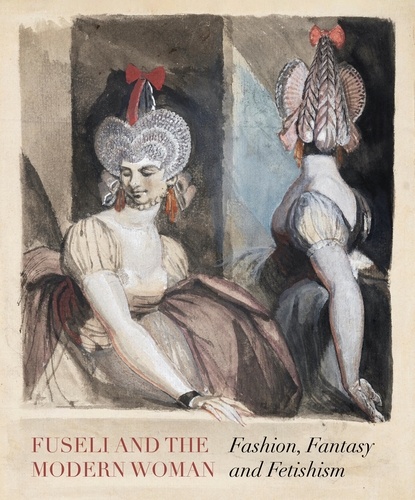
Monographies
Fuseli and the Modern Woman. Fashion, Fantasy, Fetishism
12/2022

Mouvements artistiques
Frank Auerbach. The Charcoal Heads
03/2024
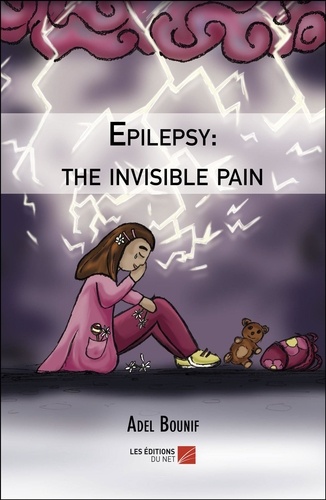
Poésie
Epilepsy: the invisible pain
01/2019

Roman d'amour, roman sentiment
Don’t leave me
07/2022
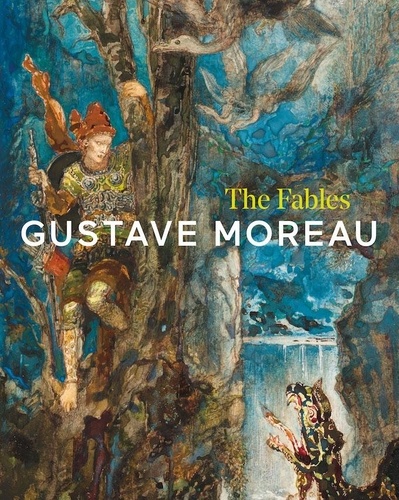
Monographies
Gustave Moreau. The Fables
08/2021

Théâtre
Arrival of Mira, Love story between Bhojan and Mira
03/2013
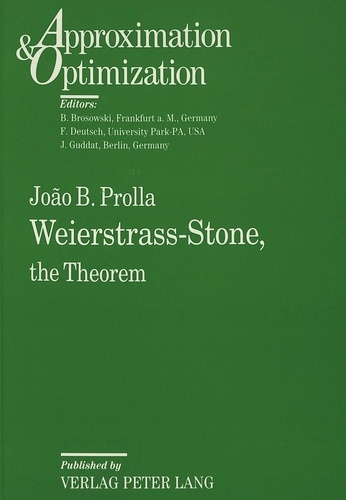
Non classé
Weierstrass-Stone,
11/1993

